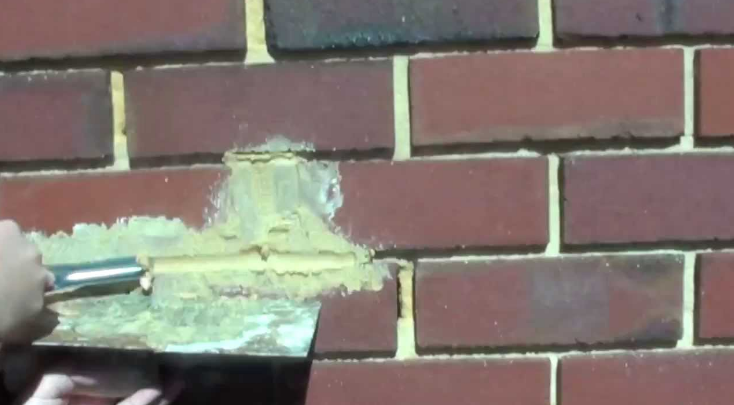For the record, brick is probably one of the most durable and sustainable materials for siding systems. Bricks are constructed to stand environmental and weather shock as much as the test of time. Well entrenched into a structure, they could last for decades if not centuries. It is not uncommon to see buildings from the 20’s which sidings were constructed with bricks still standing tall and strong. In short and simple terms, bricks make the perfect stronghold and support for an entire structure. But that does mean wears and tears won’t probably set in.
Be though as it may that bricks could last for centuries, left unmaintained for long, it would suffer some significant damage. And if the damages aren’t attended to, it aggravates over time. The most common damage suffered by bricks is spalling, a condition which causes bricks wall rapair to become susceptible and probably crumble. Spalling first starts with the crumbling into pieces of the outer shells covering bricks due to moisture penetration into the shells. When the shells have fallen apart, other structures, mortar and bricks become exposed to moisture.
The dilapidation of brick masonry joints resulting in lax bricks paves the way for the percolation of moisture into the walls to create holes in the mortar holding the bricks. Over time, the condition get uglier. Worse case scenario, it impacts negatively on the entire wall structure of a building. Show a little I-don’t-care-attitude toward it and a couple more months the degeneration increases leaving you with a major repair as well as upgrade which could be pretty resource- and time-hungry.
Spalled bricks or crumbled and dilapidated brick masonry joints repairs can be one hell of a job. Tuckpointing method of repair has to be employed to correct the damages and that involves several energy intensive works. The joints have to be grounded out, the mortar knocked, out shell leftovers scrapped out and the again the joints cleaned and prepared for the application of new mortar. A given compression ratio has to be observed for the mixture of mortar and other materials. A little too high compression ratio will result in the cracking of the mortar. So, the right formula for mixing mortar has to be implemented.
Brick repair services or better yet, tuckpointing can be done DIY or contracted out to a construction company. That greatly hinges on the amount of work that will go into an upgrade. While you could undertake tuckpointing to cut down expenses of hiring an engineer, it is really time and effort exhaustive. And if you happen to be the workaholic sort, I doubt you would fit in for the job. In lieu of that, you might want to use experts to get the job done.


